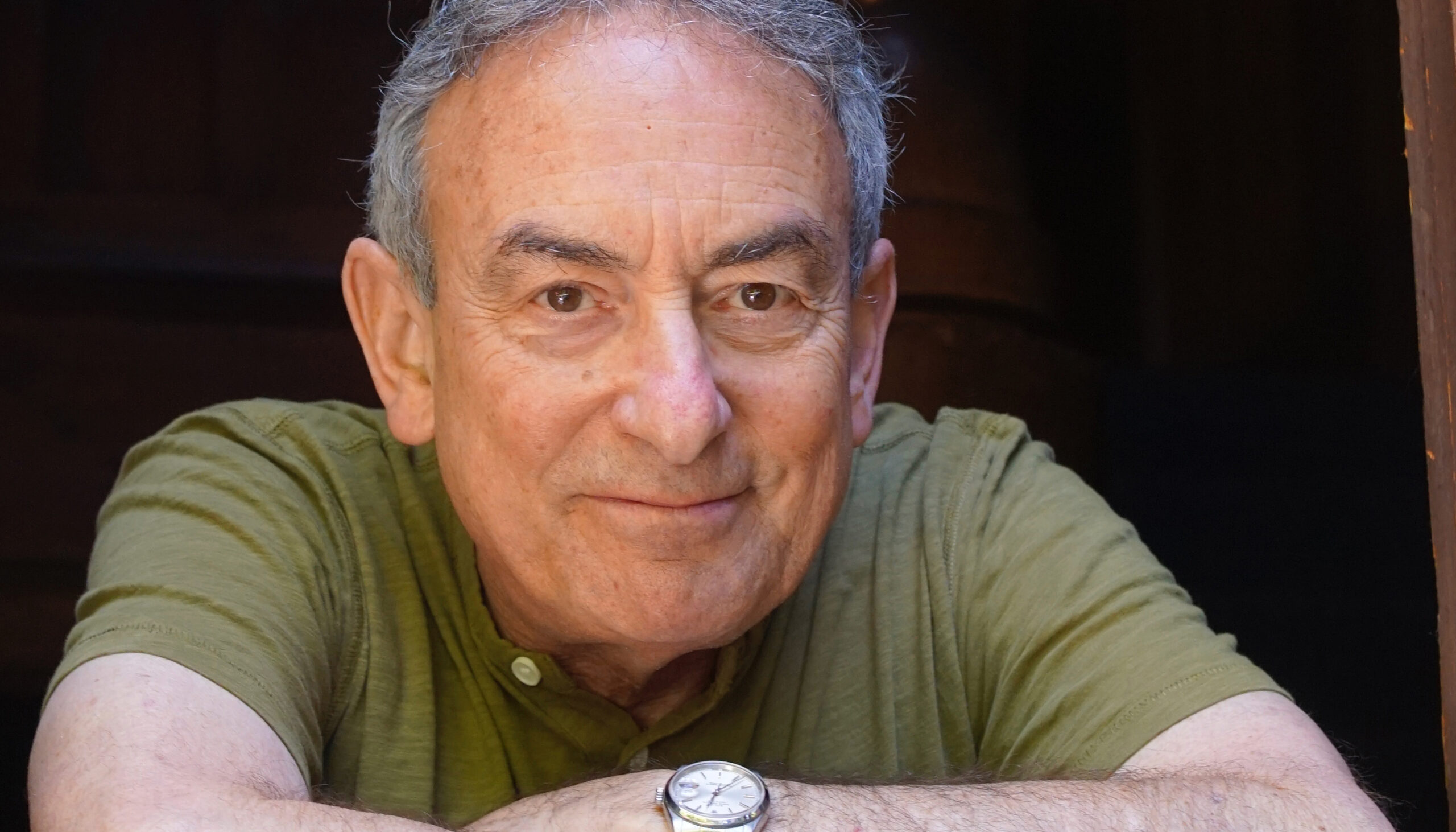Ken Ribet awarded math prize for influential proof
The Steele Prize of the American Mathematical Society honors work that has had a lasting impact.

Xiyuan Tracy Zhang
December 16, 2024
Mathematician Ken Ribet is well known for a 1990 paper that paved the way, five years later, for a historic proof of Fermat’s Last Theorem, one of the most famous unsolved mathematical problems of modern times.
But an oft-cited paper he wrote earlier in his career, in 1976, is dearer to his heart and has now earned him a coveted career award from the American Mathematical Society (AMS): the 2025 Leroy P. Steele Prize for Seminal Contribution to Research.
The prize, which was announced Dec. 12, is awarded annually for a paper that has proved to be of fundamental or lasting importance in its field or a model of important research.
The award came out of the blue, said Ribet, a Distinguished Professor of the Graduate School at the University of California, Berkeley. While the 1976 paper had earned him accolades, including an invitation to join the UC Berkeley math department in 1977, he’d long since moved on.
“It was kind of like I found some dusty bitcoin in the back of my desk and someone said, ‘Well, that’s worth $100,000,'” he said. “I had no idea.”
The problem he tackled 48 years ago, ironically, also had to do with Fermat’s Last Theorem, though it ultimately was irrelevant to the solution published by Andrew Wiles in 1995 that made headlines worldwide.
Pierre de Fermat, a leading mathematician of the 17th century, wrote the theorem in the margin of a book and stated that he had solved it, though the proof wouldn’t fit in the margin. For nearly 360 years, the world’s best mathematicians failed to repeat his success if, in fact, he had managed to prove it at all. Simply stated, the conjecture is that there are no positive whole numbers that satisfy the equation an + bn = cn for n greater than 2.
In the 1800s, a mathematician named Ernst Kummer showed that Fermat’s Last Theorem was true for prime numbers that satisfied certain criteria related to Bernoulli numbers, a series of fractions important in number theory. Specifically, he related these numbers to roadblocks in proving the theorem. Ribet spent a Sloan Fellowship year in Paris developing new methods to shed light on these roadblocks and, in fact, finding a way to probe them individually — something he was under the impression had already been proved. But mathematicians had only conjectured the possibility, and he had achieved something unexpected.
In Ribet’s words, he approached Fermat’s one-dimensional arithmetical question by looking at two-dimensional groups, or modular forms. His results “made the thing (Kummer’s criterion) much more tight and much more precise; I kind of refined his criterion,” he said.
Of greater import, he used techniques that would prove useful in other areas of algebraic number theory. The paper still gets numerous citations every year.
“Experts quickly recognized it as a ‘thunderbolt’ with robust potential to be used widely,” according to a statement by the AMS. “‘Ribet’s method,’ as it is called today, has since been applied repeatedly in major advances in Iwasawa theory, the Birch and Swinnerton-Dyer conjecture and Stark’s conjectures. Its far-reaching impact continues to grow with time.”
Wiles, the mathematician who eventually proved Fermat’s Last Theorem for all integers, heard Ribet talk about his method when he was a graduate student in the 1980s and published at least two papers that extended the method even further. Yet, it was Ribet’s 1990 paper, which was actually circulated in draft form in 1986, that suggested a different approach that eventually led to the proof of Fermat’s Last Theorem.
“I proved that x implies Fermat and he (Wiles) proved x,” Ribet said.
Despite the fact that proving “x implies Fermat” required 100 pages and years of work, the methods he used proved less fruitful than those he had used in the 1976 paper.
“I personally consider that to be the hardest and probably the best thing that I ever did. But if you look at the impact of the methods that I introduced in that paper, it is kind of almost nothing — very few people have actually studied my work in detail and have found the methods useful in other contexts,” he said.
But the 1976 paper was different.
“In mathematics, you work on some problem and it’s impossible to see the impact that an article will have. If you take the really long view, what happens in mathematics is that sometimes some work gets rediscovered and some article that wasn’t useful for a very long time gets picked up and gets amplified.”
Ribet’s other honors include election to the American Academy of Arts and Sciences in 1997 and the U.S. National Academy of Sciences in 2000. He shared France’s Fermat Prize in 1989 and was awarded an honorary doctorate by Brown University in 1998. He received the Brouwer medal from the Royal Dutch Mathematical Society in 2017 and served as AMS president in 2017 and 2018.
The Steele Prize, which comes with $5,000, will be presented at the AMS’s 2025 Joint Mathematics Meetings in Seattle, Washington.
RELATED INFORMATION
- Ribet to Receive 2025 AMS Steele Prize for Seminal Research (American Mathematical Society)
- A modular construction of unramified p-extensions of Q(μp) (1976, PDF)